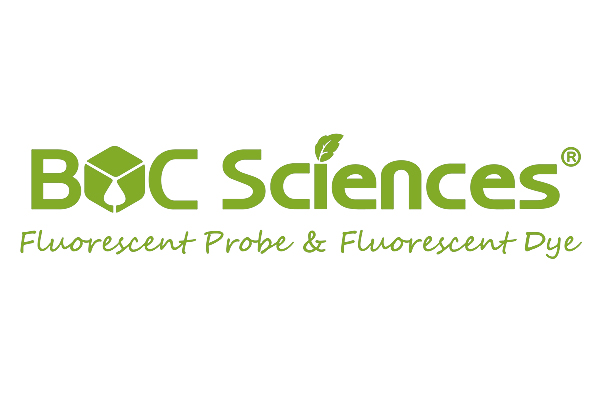Other Cyanine
-

-

-

-
-4-carboxy-7-[1,1-dimethyl-3-(4-sulfonatobutyl)-1,3-dihydro-2h-benzo[e]indol-2-ylidene]hepta-1,3,5-trien-1-yl]-1,1-dimethyl-1h-benzo[e]indol-3-ium-3-yl]butane-1-sulfonate.gif)
-

-
 Adams Apple Red 680
Adams Apple Red 680CAT:
-
 Adirondack Green 520
Adirondack Green 520CAT:
-
 C3-Oxacyanine
C3-OxacyanineCAT:
-

-

-
 C5-Indocyanine
C5-IndocyanineCAT:
-
 C5-Oxacyanine
C5-OxacyanineCAT:
-
 C5-Thiacyanine
C5-ThiacyanineCAT:
-
 C7-Indocyanine
C7-IndocyanineCAT:
-
 C7-Oxacyanine
C7-OxacyanineCAT:
-
 Catskill Green 540
Catskill Green 540CAT:
-

-
 Cy3Cy5 ET
Cy3Cy5 ETCAT:
-
 Cyanine I
Cyanine ICAT:
-
 Cyanine PF6
Cyanine PF6CAT:
Background
Introduction
Cyanine dyes are derivative of carbachol dyes with amidine ion intercalation between N-N atoms at both ends of chromophore conjugate. They belong to organic dyes.
The molecules of cyanine dyes contain conjugated chains composed of methylchuanyl (CH)n, which can be odd or even. Heterocycles, aromatic compounds and cycloolefin compounds are connected at both ends or in the middle of the conjugate chain to form a large conjugate system with the conjugate chain. The hydrogen in the molecule can be replaced by a certain number of various substituents. Based on the structure of cyanine dyes, cyanine dyes usually have very high extinction coefficient. Different substituents have the properties of controlling chromophores, such as absorption wavelength, light resistance and fluorescence. For example, the absorbance and fluorescence wavelength are controlled by selecting the length of polymethylene bridge bond. The longer the polymethylene bridge bond, the higher the absorbance and the emission wavelength can reach the near-infrared region.
Application
- Application in DNA
- Application in immunoassay
Cyanine dyes are widely used in DNA. Cyannine dyes generally have large molar absorption coefficient and high fluorescence quantum yield. The absorption spectrum and fluorescence emission of some cyanine dyes are in the near-infrared region (NIR). Therefore, cyanine dyes have high sensitivity and little interference. Compared with the traditional radiation same digit, cyanine dyes can be used as a more practical and safer DNA fragment labeling method to realize real-time, online and computer processing of sequencing.
In addition, the fluorescence emission properties of cyanine dyes change with the change of environment, which can be used for the determination of DNA as biological probes.
In the field of immunoassay, cyanine dyes as markers of antibody or antigen can improve the sensitivity of analysis. Cyanine dyes can combine with antibodies or antigen proteins through active reactive groups to form dyes-protein conjugates, and then use fluorescence detection instruments to detect fluorescence phenomena and various fluorescence parameters, so as to use fluorescence as a messenger to obtain the information of the distribution and concentration of antigens or antibodies in samples. For example, cyanine dyes are used as non-covalent markers and tracers of human serum protein to detect the binding ability of different drugs and human serum protein by capillary electrophoresis.
Resources

- Hoechst Dyes: Definition, Structure, Mechanism and Applications
- Mastering the Spectrum: A Comprehensive Guide to Cy3 and Cy5 Dyes
- Fluorescent Probes: Definition, Structure, Types and Application
- Fluorescent Dyes: Definition, Mechanism, Types and Application
- Coumarin Dyes: Definition, Structure, Benefits, Synthesis and Uses
- Unlocking the Power of Fluorescence Imaging: A Comprehensive Guide
- Cell Imaging: Definitions, Systems, Protocols, Dyes, and Applications
- Lipid Staining: Definition, Principles, Methods, Dyes, and Uses
- Flow Cytometry: Definition, Principles, Protocols, Dyes, and Uses
- Nucleic Acid Staining: Definition, Principles, Dyes, Procedures, and Uses
Online Inquiry

